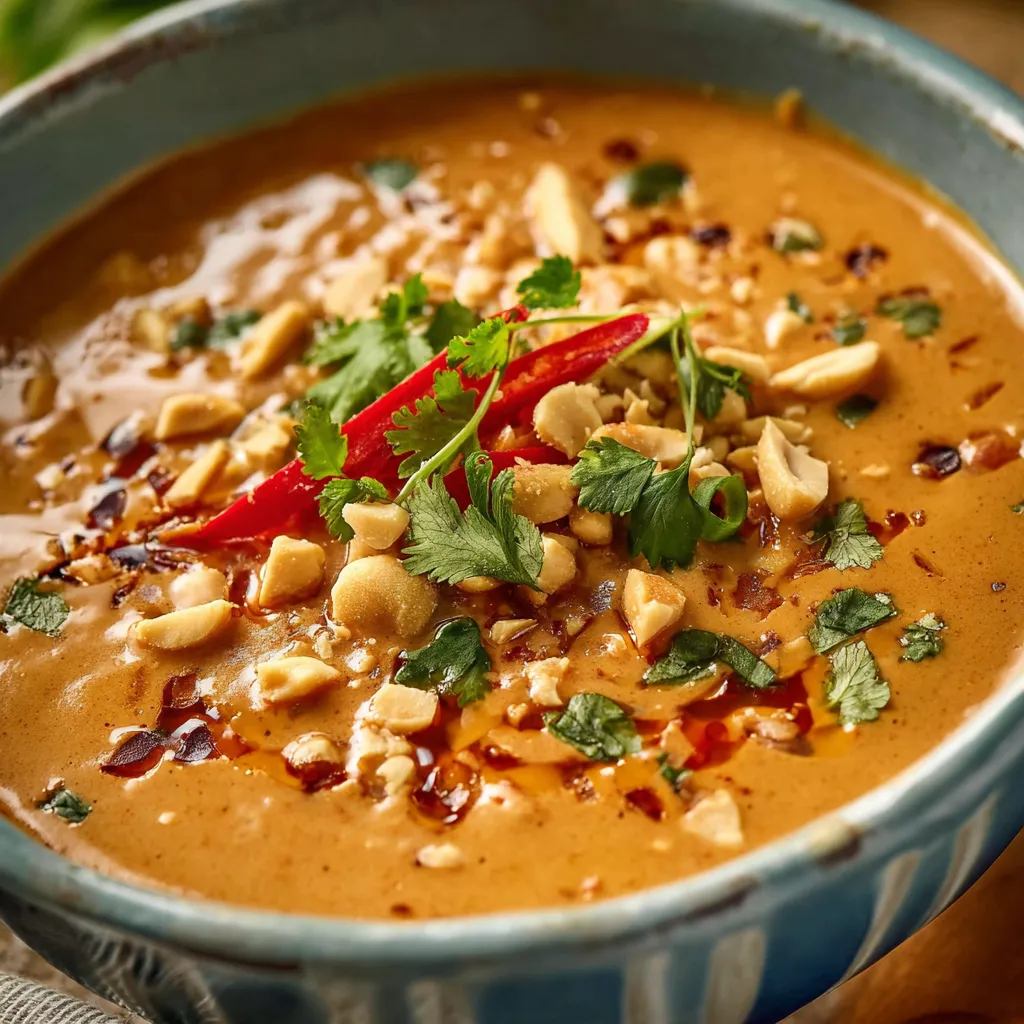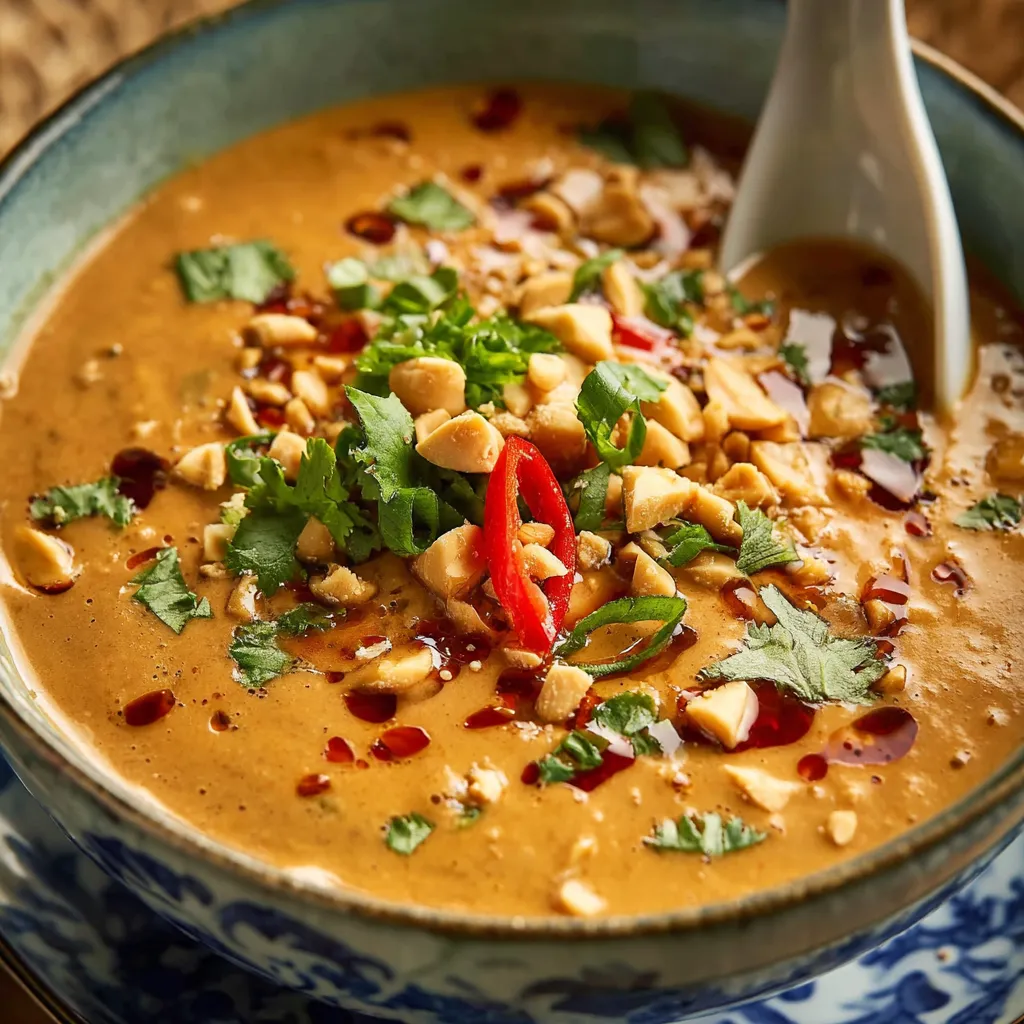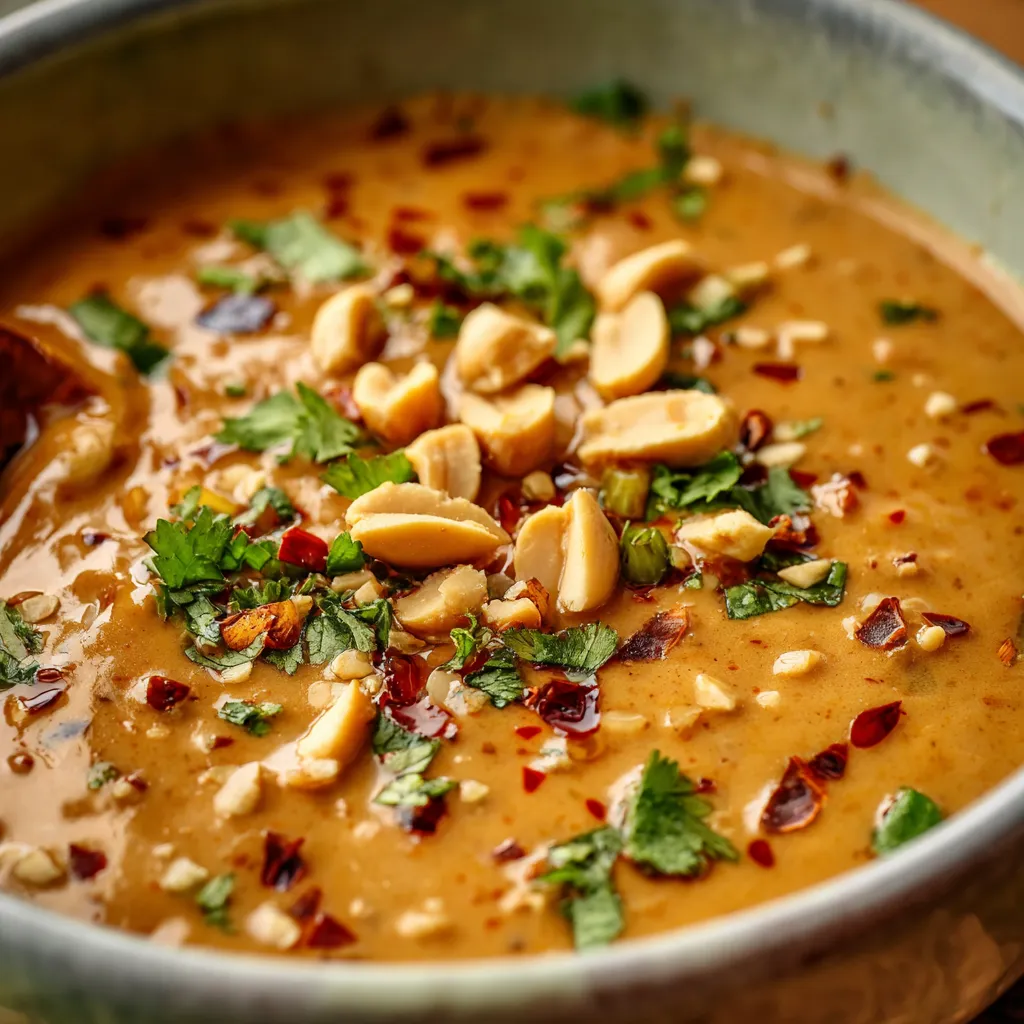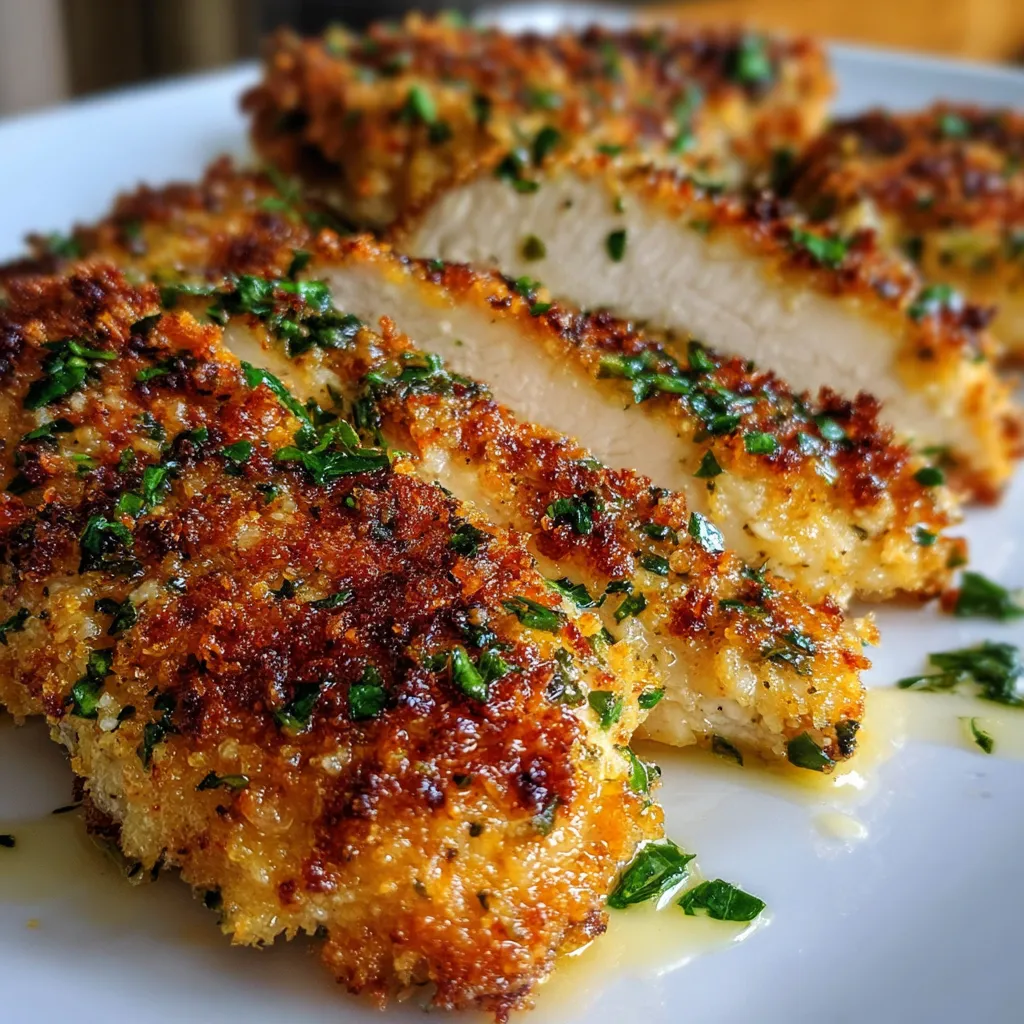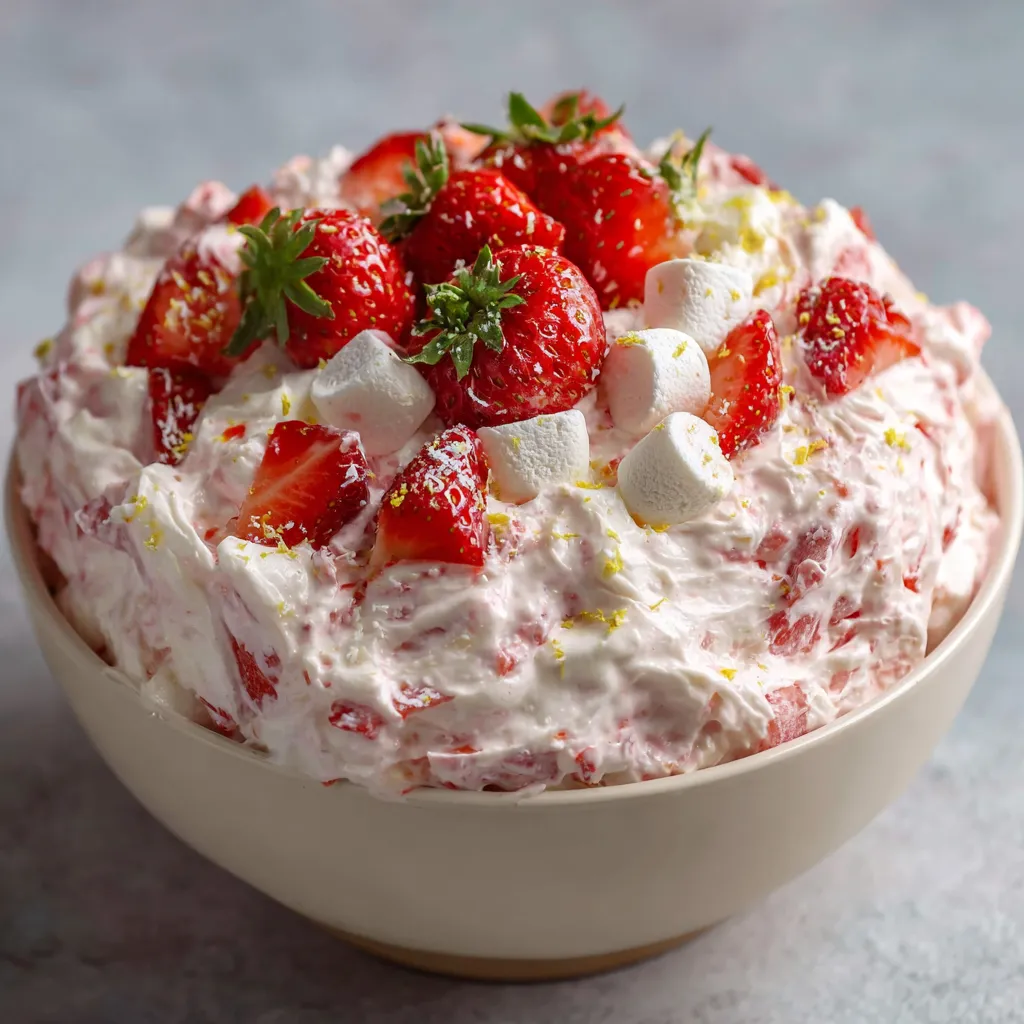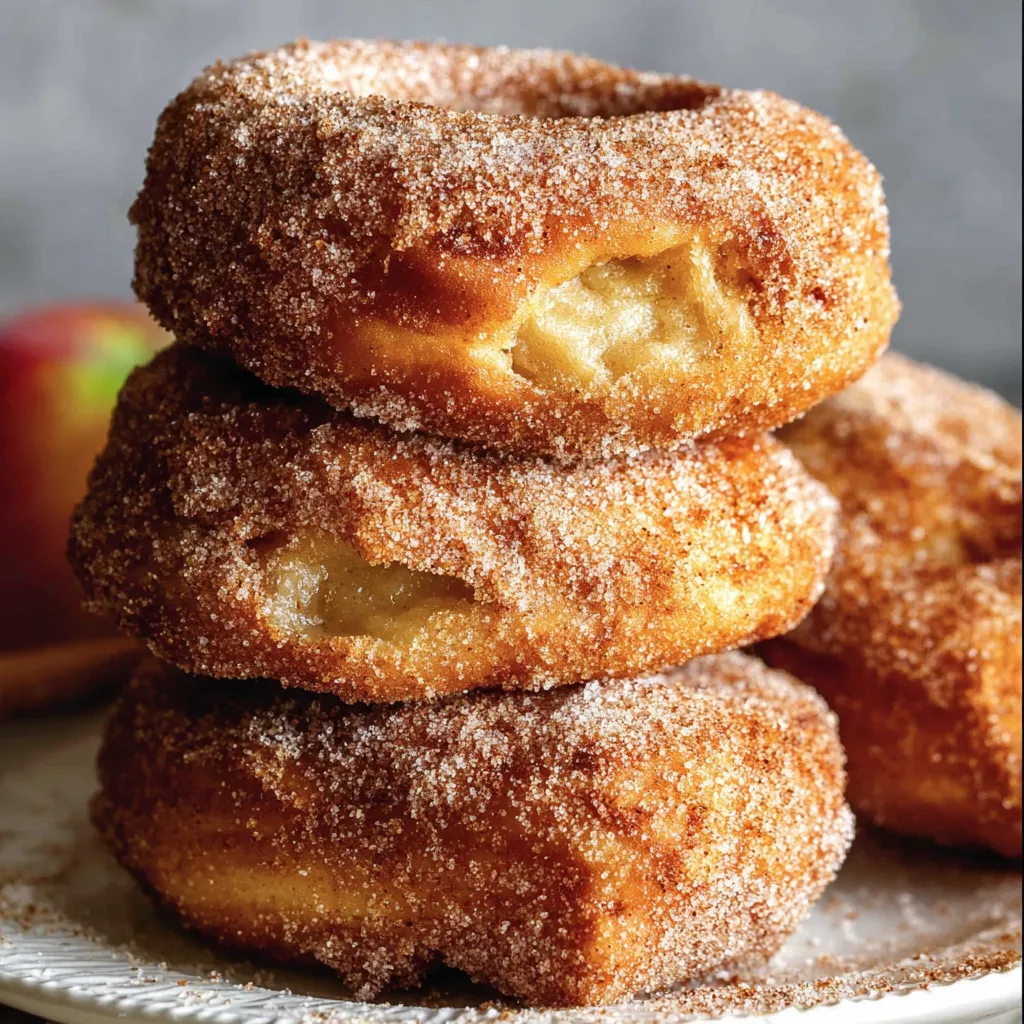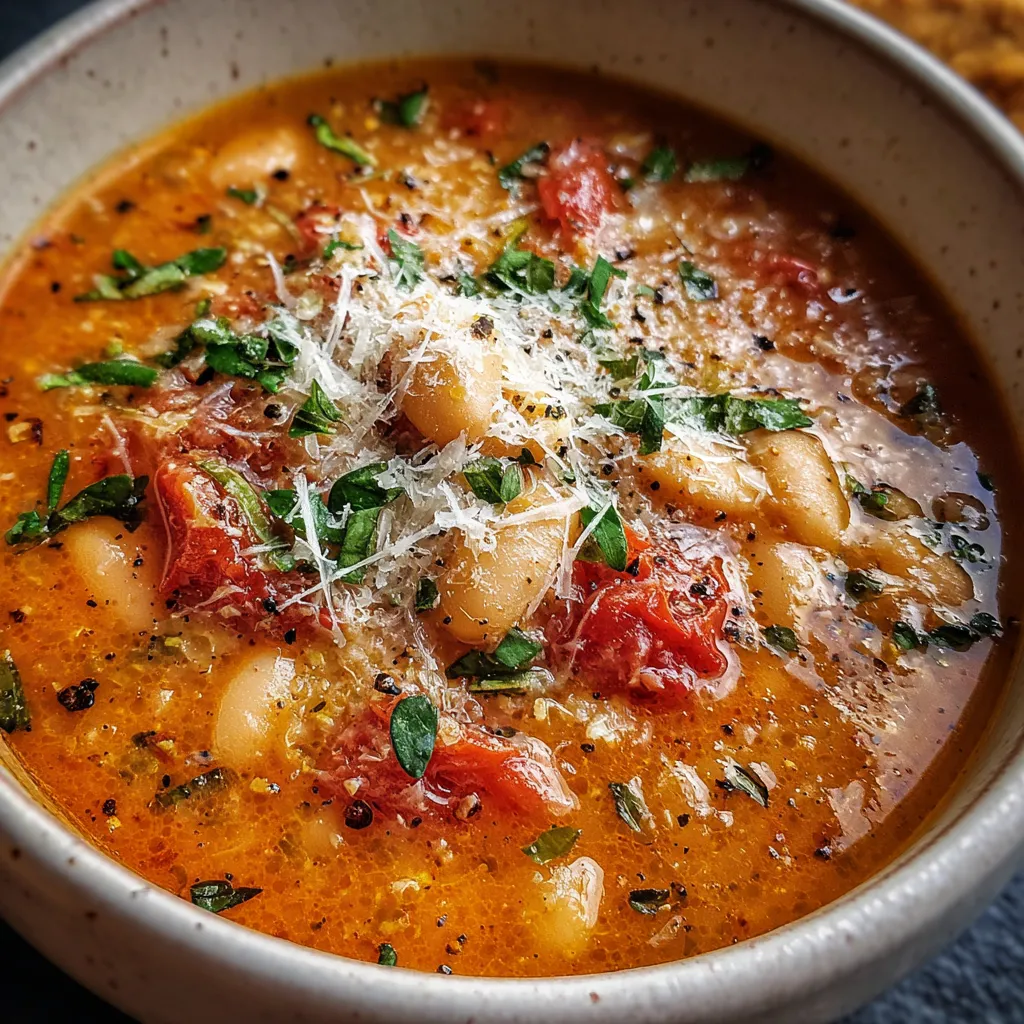If there’s one sauce you should always have in your fridge, it’s this one. The Best Thai Peanut Sauce is creamy, bold, a little tangy, a little sweet—and absolutely packed with flavor. Whether you’re dipping fresh spring rolls, tossing it with noodles, or spooning it over grilled chicken, this sauce adds instant magic to any meal.
And guess what? It’s incredibly easy to make. No stove, no fancy gadgets—just a bowl, a whisk, and a few pantry staples. You’ll have a homemade peanut sauce that tastes better than anything from a bottle, and you’ll wonder why you didn’t try it sooner.
Why You’ll Love This Recipe
This isn’t just another sauce recipe—it’s a go-to, make-once-and-you’re-hooked kind of situation. It’s the kind of sauce that makes leftovers exciting again and turns simple dishes into something special.
Key Benefits
-
Quick and easy: You’ll be done in less than 10 minutes, start to finish.
-
Versatile: Use it as a dip, drizzle, dressing, or even sandwich spread.
-
No cooking required: Just whisk it up in one bowl.
-
Balanced flavor: Sweet, salty, tangy, and spicy—each bite hits just right.
-
Customizable: Make it as spicy or mild as you like.
-
Diet-friendly: Naturally vegetarian, and easily made vegan or gluten-free.
Suitable For
This recipe fits into just about any lifestyle or occasion:
-
Busy weeknights: Make it ahead and use it all week.
-
Meal prep: Store it in the fridge and pull it out whenever your meal needs a little something extra.
-
Family dinners: Kid-friendly (just control the spice) and crowd-pleasing.
-
Special diets: Vegan? Use maple syrup. Gluten-free? Swap in tamari.
Ingredients for Thai Peanut Sauce
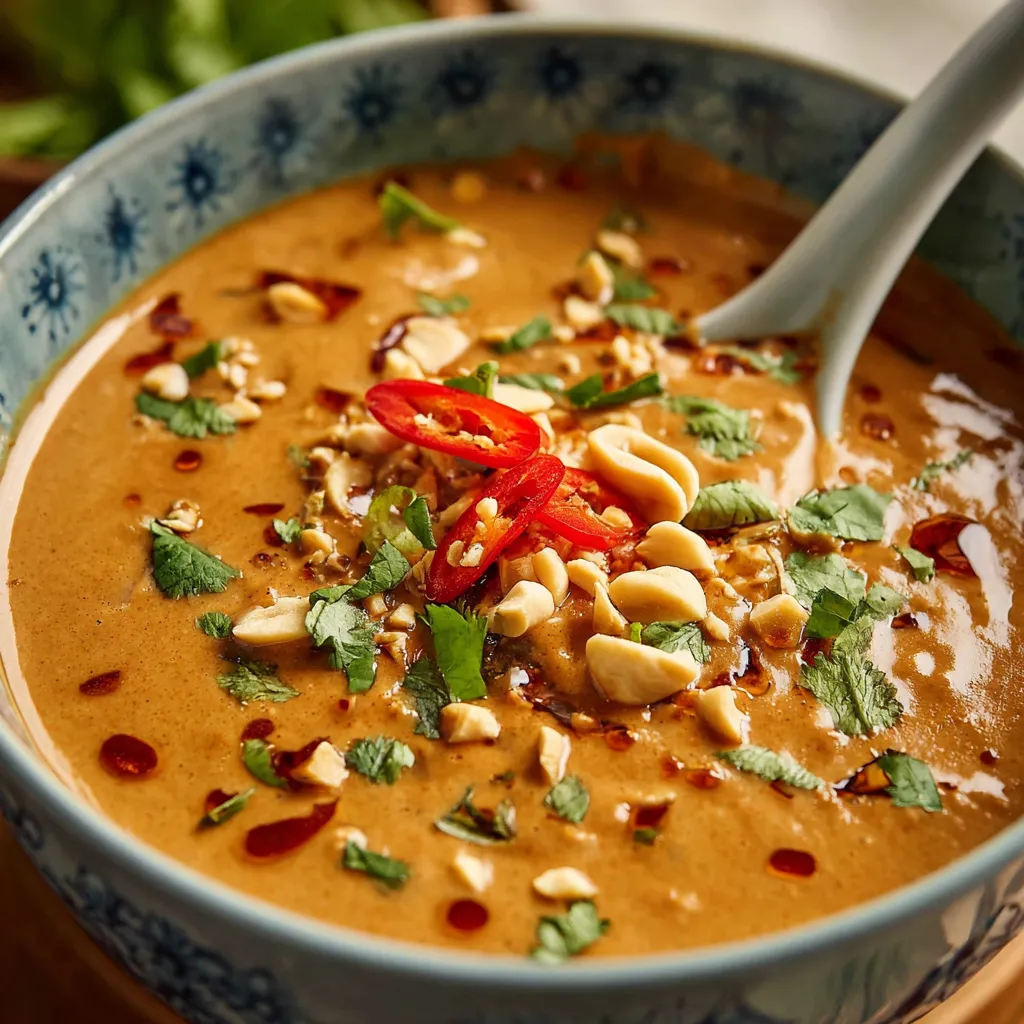
Here’s what you’ll need to make the best Thai peanut sauce from scratch. You might already have most of these in your pantry!
Core Ingredients
-
Peanut butter (½ cup): Use creamy, unsweetened peanut butter for the best texture and flavor. It gives the sauce that signature richness.
-
Soy sauce (3 tbsp): Adds saltiness and umami depth. Tamari works great if you need a gluten-free option.
-
Fresh lime juice (2 tbsp): Brings in bright, zesty acidity.
-
Rice vinegar (1 tbsp): Mild and slightly sweet, it balances the peanut flavor.
-
Sesame oil (2 tsp): A small amount goes a long way—adds warm, nutty notes.
-
Honey or brown sugar (1–2 tbsp): Just enough sweetness to round out the flavors.
-
Fresh ginger (2 tsp, grated): Sharp, spicy, and aromatic—don’t skip it.
-
Garlic (1 clove, minced): Adds savory depth.
-
Chili garlic sauce or sriracha (½–1 tsp, optional): For those who like a little kick.
-
Warm water (¼–⅓ cup): This is how you adjust the consistency—thicker for dipping, thinner for drizzling.
Substitutions and Tips
-
No honey? Use maple syrup or agave nectar—perfect for a vegan version.
-
Peanut allergy? Try almond or cashew butter instead. The flavor will change slightly, but it’s still delicious.
-
No lime? Lemon juice will work in a pinch, though lime gives a more authentic Thai flavor.
-
Want more heat? Double up on the chili sauce, or toss in a pinch of red pepper flakes.
-
Thinner sauce? Add water a little at a time until it’s just right for your dish.
The great thing about this recipe is how forgiving it is. You can tweak and adjust as you go, and it still turns out amazing every time.
Best Peanut Butter for Thai Peanut Sauce
Not all peanut butters are created equal when it comes to this sauce.
For the creamiest texture and richest flavor, go with natural, unsweetened creamy peanut butter. The kind that only lists peanuts (and maybe salt) on the label. Sweetened or processed peanut butters can throw off the flavor balance and make your sauce too sugary.
That said, if sweetened peanut butter is all you’ve got, it’ll still work—just cut back a bit on the added honey or sugar.
If you’re looking for something a little different, almond butter or cashew butter can make tasty alternatives. They’ll bring a slightly different flavor, but the same creamy consistency.
Kitchen Tools You’ll Need
This is one of those wonderfully simple recipes that doesn’t ask much of you—or your kitchen.
Must-Have Tools
-
Mixing bowl: Medium-sized is perfect.
-
Whisk: For smooth blending—though a fork will do in a pinch.
-
Measuring cups and spoons: Precision helps, especially when balancing flavors.
-
Grater or microplane: Ideal for fresh ginger and garlic.
Nice-to-Have Tools
-
Citrus juicer: Makes quick work of squeezing fresh lime juice.
-
Garlic press: Saves time and keeps your fingers garlic-free.
-
Small blender or food processor: Not necessary, but great if you want a super-smooth sauce or are doubling the batch.
You don’t need anything fancy—just a few basic tools and a few minutes of your time. The reward? A jar of sauce that’ll take your meals to the next level.

